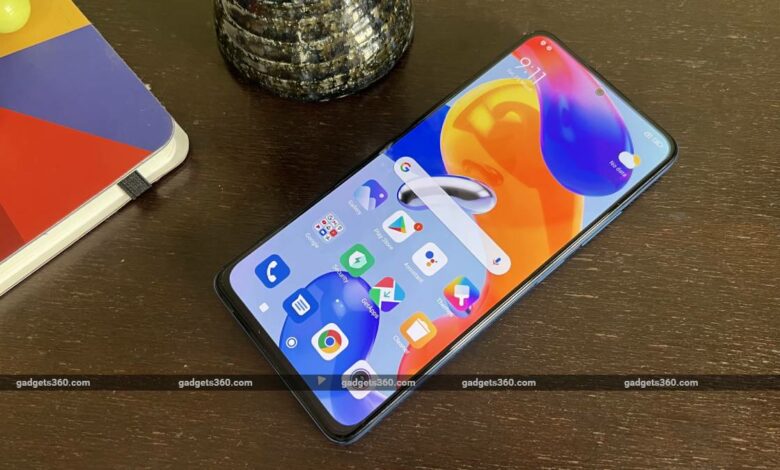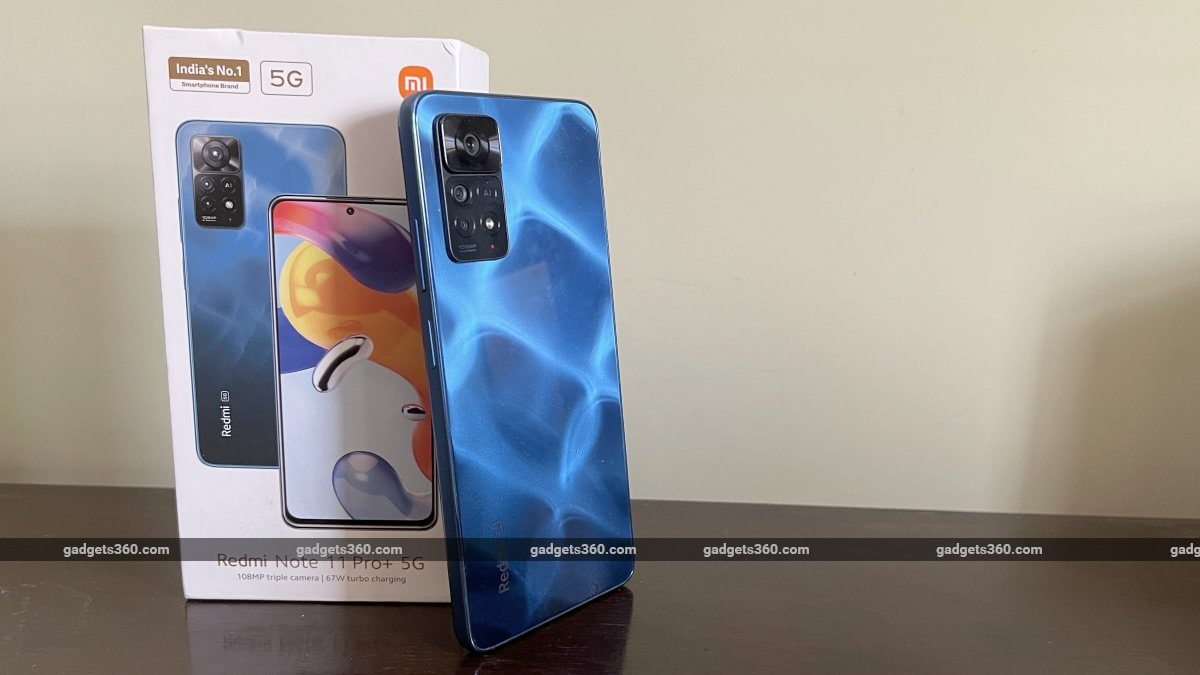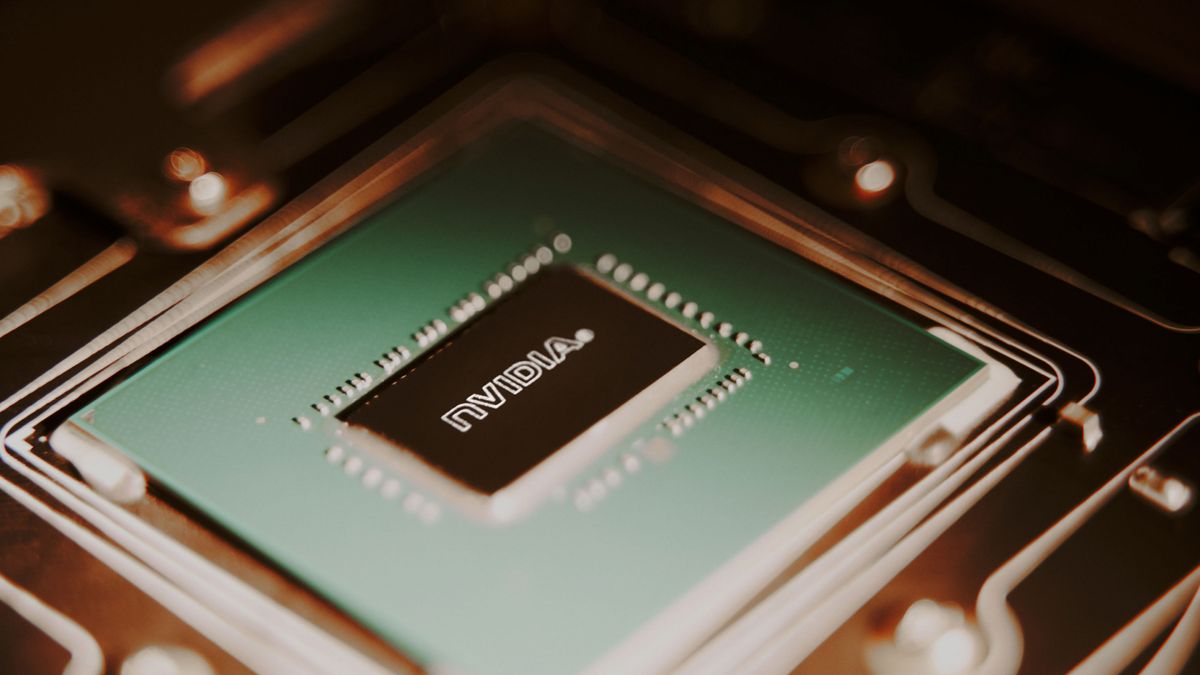Redmi Note 11 Pro+ 5G first impressions: still worth it?


The new Redmi Note 11 Pro+ 5G has just been launched in India, starting at Rs. 20,999 with 6GB of RAM and 128GB of storage. The other options are 8GB of RAM with 128GB of storage for Rs. 22,999, and 8GB of RAM with 256GB of storage for Rs. 24,999. This marks a significant change for a series that we’re used to thinking offers fantastic value for under Rs. 20,000. There’s also the Redmi Note 11 Pro, which is priced at Rs. 17,999 and Rs. 19,999 for 6GB or 8GB of RAM respectively. Both the variants come with 128GB of storage.
Last year, the only difference between the Redmi Note 10 Pro and Redmi Note 10 Pro Max (Review) was a better primary camera on the rear. This time around, the new Redmi Note 11 Pro and Redmi Note 11 Pro+ 5G have different processors, different network support, and slightly different camera setups too – although not in the ways you might expect. Read on for everything you need to know.
Xiaomi now has a huge portfolio of products in India, but the annual refresh of the Redmi Note Pro series tends to remind us of where this company started: with smartphones that offered far better specs than anyone could have expected for the price. The Redmi and Redmi Note series helped cement Xiaomi’s position in India, targeting a generation of entry-level and aspirational buyers respectively. Now, with prices rising across the industry, we’ve entered a higher tier of the market. Let’s see if there’s still good value to be had, and if fans can still find what they’re looking for.
At first glance, the Redmi Note 11 Pro+ 5G looks pretty plain and simple. The body is fairly rectangular with rounded corners and flat sides. The sculpted ‘Evol’ design of the previous generation has been succeeded by the ‘Evol Pro’, but everything has been smoothed out so much that there’s nothing really that stand out about this phone. We had a similar opinion about the recently launched Redmi Note 11S (Review). The front is all black, and the shiny silver ring surrounding the in-display front-facing camera is the only way you can tell which side is up and which is down when this phone is lying flat on a surface. But as with last year’s models, I find it quite distracting.
Flip this phone over and you’ll see where the design flair comes from. My Mirage Blue unit has an intriguing pattern of diagonal lines that look like waves on the surface of a swimming pool when you tilt the phone under the light. I actually found it a little difficult to focus my eyes on the pattern, which is somehow concealed beneath the extremely reflective back panel. It certainly stands out, and in my short time with the phone I was pleasantly surprised to find that the back doesn’t pick up smudges easily. The other two options are Phantom White and Stealth Black, both of which have a solid matte texture.
The camera module at the top left protrudes quite a bit, in a dual-stage design that makes the primary 108MP camera look particularly prominent. The power button on the right-hand side houses a fingerprint sensor, albeit a fairly small one, and the volume rockers sit directly above it. There are earpiece speaker grilles at the top, along with a 3.5mm audio jack and Xiaomi’s signature IR emitter. At the bottom, you’ll find the primary speaker, USB Type-C port, and hybrid dual-SIM tray.
![]()
The Mirage Blue finish has a unique pattern and catches light as it hits the water surface
At 202 grams, the Redmi Note 11 Pro+ is a tad heavier than average. It’s also not the most comfortable to hold and use one-handed, thanks to its flat, angular design. The body is said to have a splash-proof nano-coating, and the SIM tray has a rubber seal to prevent water ingress. There’s a protective film on the front.
Inside, Xiaomi has opted for the Qualcomm Snapdragon 695 SoC, which is relatively powerful and supports seven 5G bands. You get either 6GB or 8GB of LPDDR4X RAM and either 128GB or a whopping 256GB of UFS2.2 storage, meaning you likely won’t need to add a microSD card and sacrifice a second SIM. You do get a 5,000mAh battery and 67W fast-charging, with the requisite charger and cable included in the box. Xiaomi promises a “full day of charge” in 15 minutes.
The 6.67-inch Super AMOLED panel has a full-HD+ (1080×2400 pixels) resolution and 120Hz peak refresh rate. Xiaomi has used Corning Gorilla Glass 5 for the display. Xiaomi claims 1200nit peak brightness, but there’s no mention of HDR. You get stereo speakers, Bluetooth 5.1, Wi-Fi ac, GPS, and the usual sensors.
On the back, there’s a 108-megapixel primary camera with a Samsung HM2 sensor and f/1.9 aperture and 6P lens, which matches the specs of the Redmi Note 10 Pro Max. This phone also has an 8-megapixel f/2.2 ultra-wide camera and a 2-megapixel macro camera. The front-facing camera has a 16-megapixel resolution and an f/2.45 aperture.
Interestingly, the slightly cheaper Redmi Note 11 Pro uses MediaTek’s G96 SoC and as the name suggests, does not support 5G. It’s a bold move from Xiaomi in this segment, especially since 5G networks could finally be rolling out to end users in India later this year. The cheaper sibling shares the same display, battery, charging features – it even has the same dimensions and weight. While it has the same front and rear cameras as the Redmi Note 11 Pro+, it does in fact have an additional 2-megapixel depth sensor. This is rather odd and we’re looking forward to testing out the portrait photography capabilities of both phones. The Redmi Note 11 Pro+ is also available with up to 256GB of storage while the Pro maxes out at 128GB. Instead of the Mirage Blue finish, there’s a Star Blue option which has a simpler gradient finish.
The Redmi Note 11 Pro+ 5G seems to be more future-proof than its near-identical sibling, but in terms of value for money, some people might prefer to spend less and then upgrade a few years down the line. Xiaomi has partnered with HDFC to offer cardholders a Rs. 1,000 discount, while a new Redmi Loyalty Programme allows those with an older Redmi model to claim a trade-in bonus. However, Xiaomi also says that due to current global geopolitical and supply chain concerns, the announced prices are introductory prices and are subject to change.
Stay tuned to Gadgets 360 for a full review of the Redmi Note 11 Pro+, coming soon. We’ll cover performance, camera quality, display, sound, battery life, charging speed, software, usability, and more to help you make a purchasing decision.




